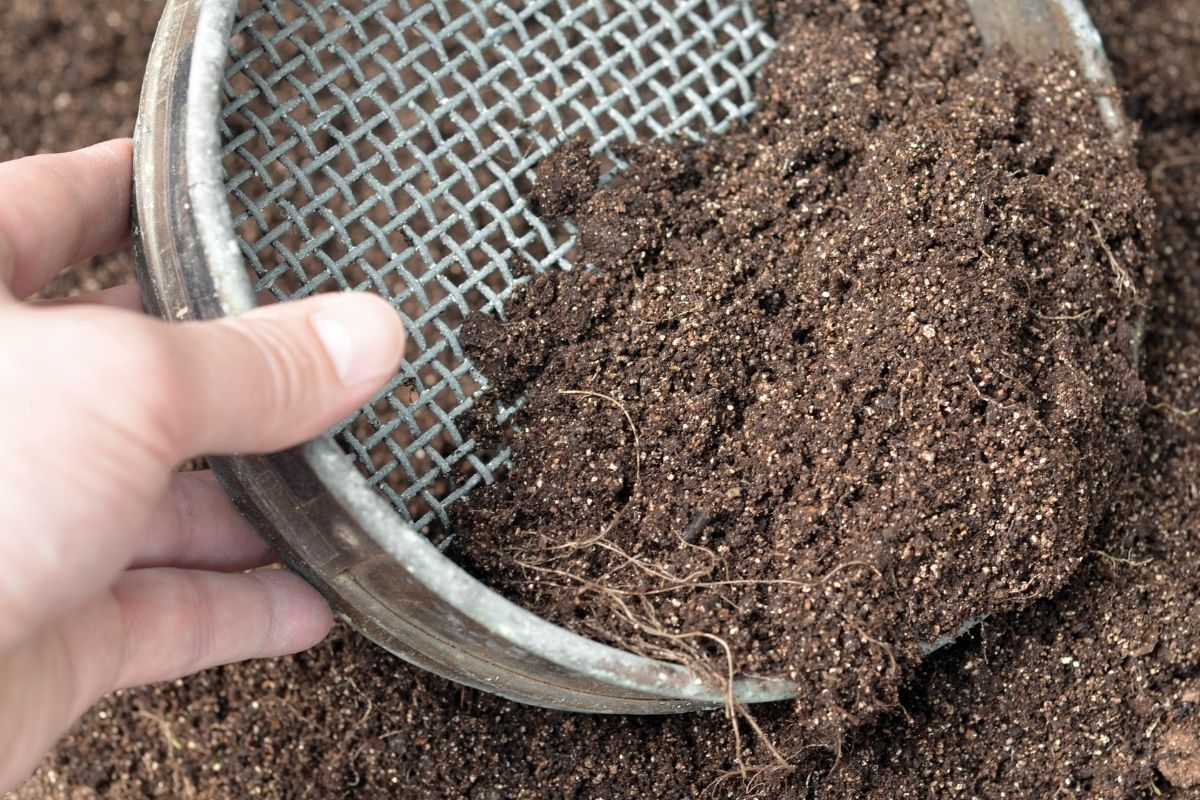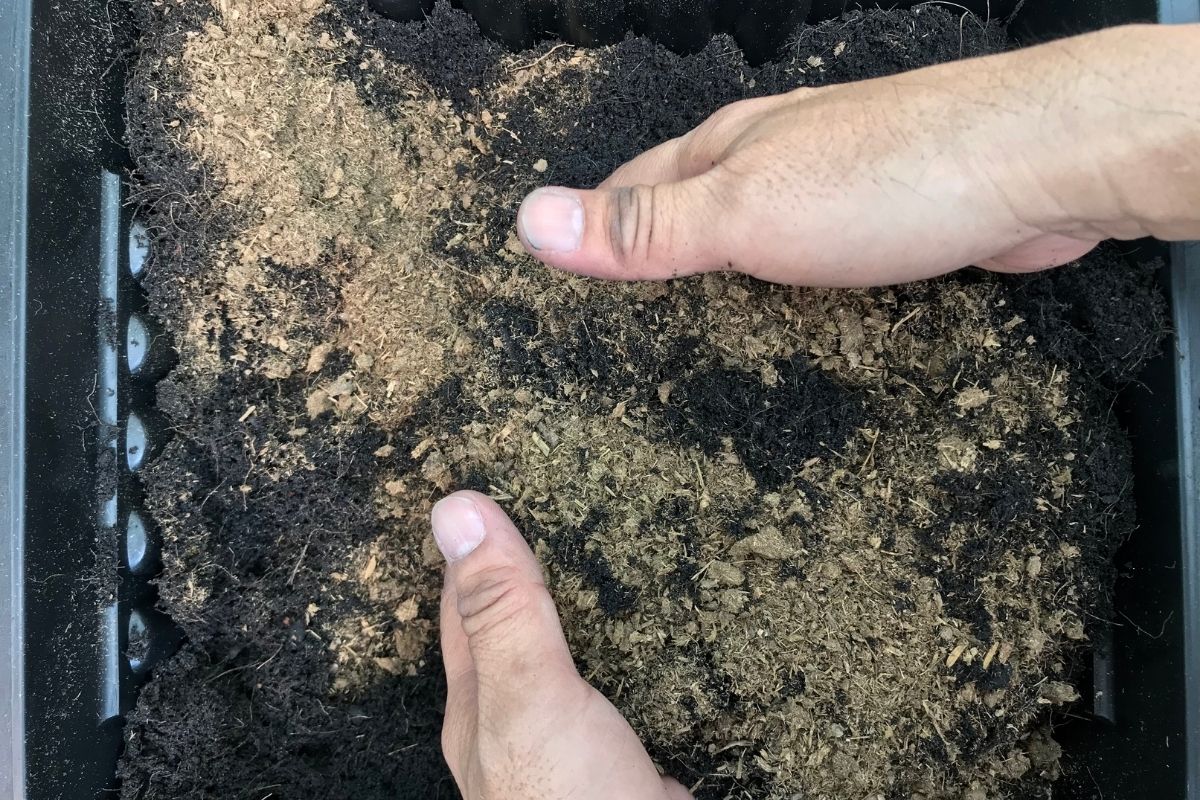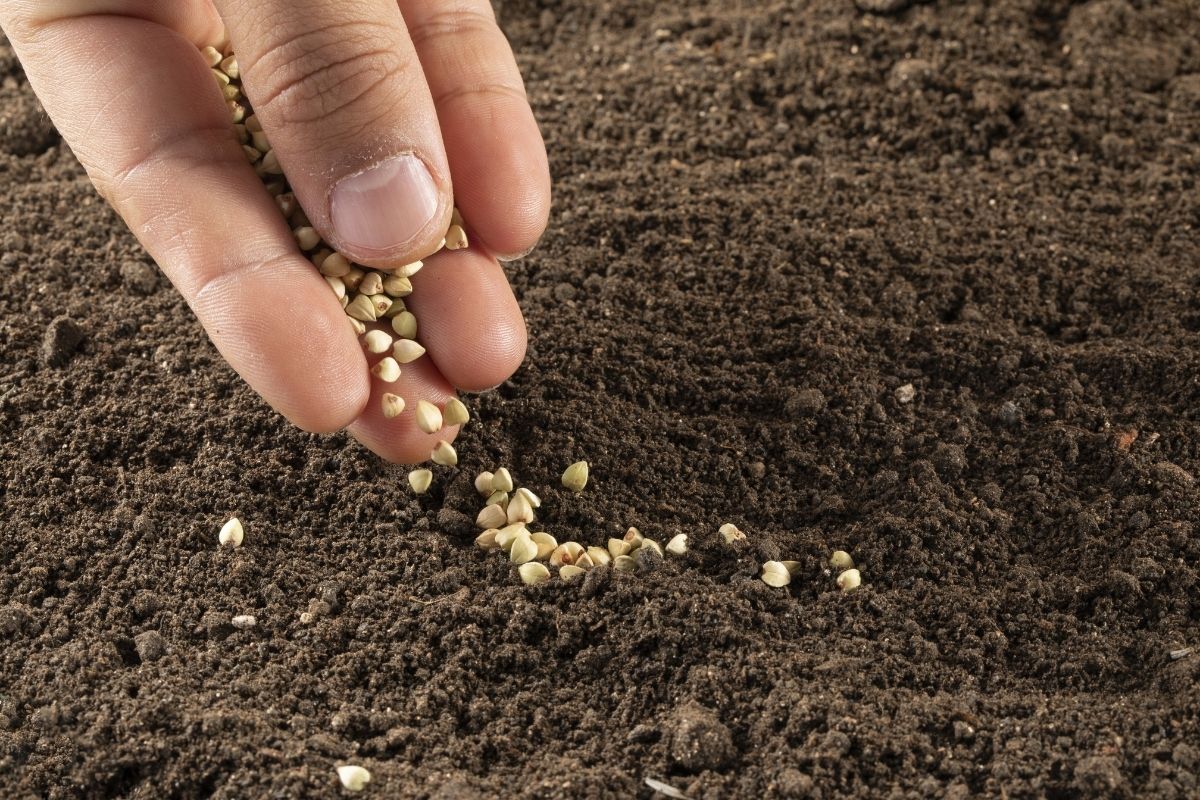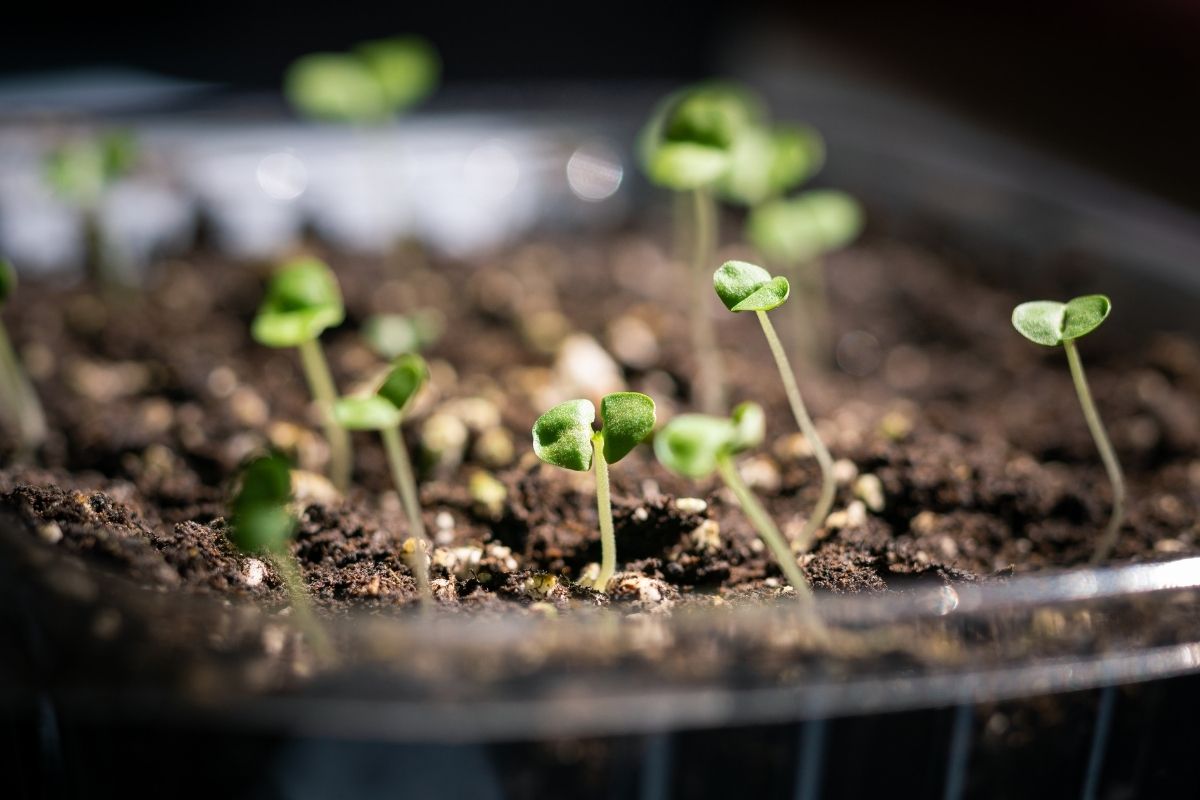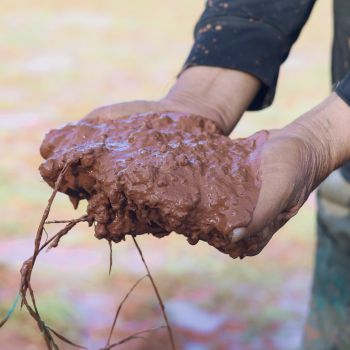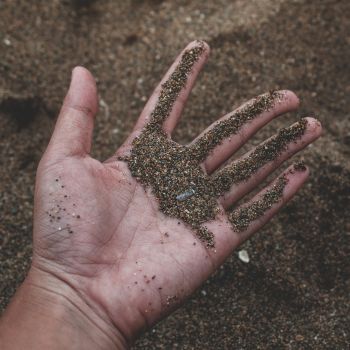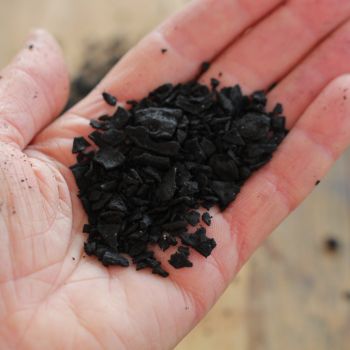Seeds that are started off under the kindest conditions have the best chance of germinating reliably, developing strong root systems and growing on into healthy plants. One of the most important aspects of seed cultivation is the kind of soil seeds are sown into, with ordinary garden soil and potting mix both widely used options. For the best results, though, a dedicated seed raising mix can offer the ideal conditions to help seeds to thrive.
Commercial seed raising mixes are widely available, but it's easy to make your own, which also offers several important benefits. Here's what you need to know.
What Exactly Is Seed Raising Mix?
Essentially, seed raising mix is a fine-textured mixture of soil and other materials that cosset the seeds as they germinate and develop into seedlings. The fine texture is important, as it means the seeds will be fully surrounded by soil to stimulate germination, yet there will still be space among the individual granules for air to circulate and for excess moisture to drain away. The texture also makes it easy for the tender shoots to push through to the surface, conserving energy for healthy growth, and encouraging stronger root development.
In comparison, ordinary garden soil can be too heavy and contain large granules that block the path of the developing shoots. The heavier texture also increases risk of the soil drying out and becoming crusty, with water pooling on the surface rather than spreading evenly to the roots. What's more, garden soil is often filled with weed seeds, pests and even diseases, all of which can put a seedling under unnecessary stress. Potting mix can be used to start seeds but the larger particle size, for example chunks of pine bark, can make sowing small seeds difficult. Large particles can also prevent roots and shoots developing straight and true.
Lastly, a seed raising mix usually contains only small amounts of nutrients, and this is important to bear in mind once the seed is past the germination stage. A seed contains all the energy and minerals needed for the first stage of the plant's life, but once it starts to develop true leaves and grow, it'll need either feeding with a fertiliser or transplanting into a richer medium such as regular potting compost.
Reasons to Make Your Own Seed Raising Mix
Making your own mix might seem an unnecessary extra step when commercial offerings are so easily and cheaply available. However, there are several important advantages to rolling your own.
- You can tailor the mix to an individual seed's requirements, making it lighter, denser, quicker draining, and so on, just by altering the basic recipe.
- If you garden organically, you can ensure your mix fits into your needs. Certified organic seed raising mixes are relatively rare and more expensive.
- Making your own mix also ensures that there will be no added fungicides or other treatments which you might not want to introduce to your garden.
For all of these reasons, many experienced gardeners report that using their own raising mix leads to easier germination and healthier plants. And as it's so simple to make, it's definitely worth trying it for yourself.
Two Ways to Make Seed Raising Mix
There are two main ways to make your own mix. The most straightforward method is to start off with standard potting mix as a base, while the second takes a more fundamental approach by using all the basic ingredients and combining them in a custom recipe.
In both cases there's an important safety point to be aware of. When making your own mix you'll be using fine-textured materials consisting of tiny particles that are easily airborne. It's a good idea to wear a face mask to avoid breathing them in, to work in a well ventilated area, and to wash your hands afterwards.
For either method, you'll need some basic tools to get started.
- A small container for measuring out the ingredients, such as a standard yoghurt or ice cream pot.
- A larger bucket or tub for mixing.
- A sieve, colander, or 'riddle' soil strainer with holes around 0.5-1cm wide. If you have nothing suitable to hand, a sheet of wire mesh makes a good improvised option.
Method 1: Using Standard Potting Mix
First, take your standard potting mix and sieve it to remove any large particles. You want to be left with only the composted bark fines and sand grains as the base of the mix. The strained-out larger particles can be used as a mulch elsewhere in your garden or added to your compost heap.
To complete the mix, add some ground up worm castings or finely sifted homemade compost to provide nutrients, in a proportion that makes up between a quarter and a third of the total volume. And that's all there is to it - your seed raising mix is now ready to go.
Method 2: Using a Recipe
Using a more detailed recipe lets you adapt the mix to your own needs, providing the ideal conditions for each type of seed you sow. There are four elements involved, and this recipe gives rough proportions that you can build on, experimenting as you go to see which variations produce the best results.
- 1 part vermiculite or sand to help drainage. If you're using sand, choose builder's sand or coarse sand as finer grades tend to clump up when wet.
- 2 parts coir to help with water retention.
- ½ a part worm castings or aged cow manure for a base level of nutrients to support the seedlings in their early stages.
- 2 parts ordinary, fine-textured compost, either homemade or bought, to provide the basic growing medium.
To complete the recipe, simply mix all the ingredients together, making it as fine as possible with no large clumps. Either use it straight away, or store in a covered container to stop it hardening up and keep it free of weed seeds.
Your seed raising mix is now ready to use, and your seeds will hopefully reward your work with quicker, more reliable germination and healthier growth, resulting in productive mature plants.
